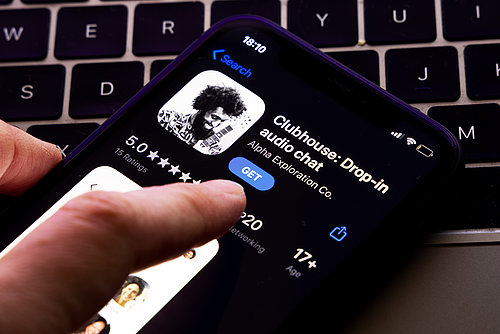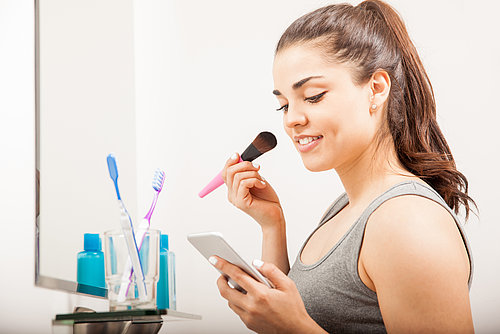
We are Family, Gen Z, Brands, Digital Marketing, Social media, Virtual influencers
The Rise of Virtual Influencers

Earlier this year, We Are Family conducted research into the social media habits and brand interactions of Generation Z (age 16-24 years old). Amongst other interesting insights, one key takeaway was in Gen Z’s marketing preferences—Gen Z aren’t looking for the glitz and glamour that previous generations responded to; celebrity endorsements don’t contribute to a positive impression of a brand. Instead, they want a brand to be real and reflect what they’d look for in a friend; authentic, communicative, dependable, and that acts with integrity when it comes to the things they believe in.
But while they’re not likely to be swayed by any ol’ celebrity endorsement, ‘relatable’ influencers are a different story. And one particular kind of influencer is increasingly taking up Gen Z market space: virtual ones. A virtual influencer (VI) is a digital-created character. They are usually humanoids with unique personalities, and are most often designed to look young and beautiful.
Take Lil Miquela, for example, who according to her Instagram bio is “a 19-year-old-Robot living in LA” and has collaborated with Prada, starred in a Calvin Klein ad with Bella Hadid, and posts regular updates about her life and musical career to her 3 million Instagram followers. In 2018, she was named one of Time Magazine’s 25 most influential people on the internet.
Lil Miquela and similar avatars have some interesting (and beneficial) qualities. First, they’re ageless. Unlike a real teen, Lil Miquela can remain a ‘19-year-old robot’ indefinitely. Second, they cost much less than real-life influencers, and finally, unlike real humans, they are completely controllable. Virtual influencers are immune to the scandals and messiness that comes with being a real person and as consumers are increasingly concerned about the ethical pedigree of content they are exposed to and brands they shop in, this can be a real benefit.
But like real social media stars, virtual influencers can build long term relationships with their audience and overtime gain their trust and even admiration. And while all of these things may sound like music to the ears of marketers, there are some big ethical considerations involved in this too.
According to Internet Matters, an industry-backed online safety campaign, virtual influencers can be used to manipulate young people. Some of them present as nearly human (the industry calls this “mixed reality”), and post about real-world events, posing with real people. This in-betweenness can be very confusing for children and tweens looking for role models. Even for adults, the boundaries between real and fake are growing ever more difficult to navigate.But even as VI’s become more popular, it’s unlikely that they’ll replace human influencers to any significant extent, though if they feel authentic and impress their audience, there is no doubt their impact is going to continue to grow with Gen Z and beyond.


